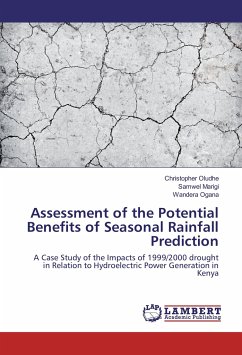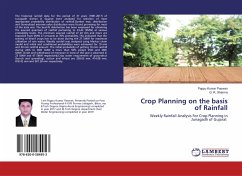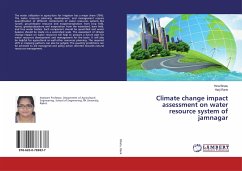Inadequate rainfall during the prolonged 1999-2000 drought and the delay in the implementation of some of the planned power projects led to a serious shortage in the supply of electricity in Kenya. In addition to the drought, other contributing factors to the low water levels in the hydropower catchment dams included environmental degradation, deforestation (logging and charcoal burning) and poor agricultural practices that characterise land-use in the Tana River catchment areas of Eastern Aberdares and Mt Kenya. The consequence of this was the start of power rationing in September 1999 by the Kenya Power and Lighting Company (KPLC). By June 2000, electricity generation in Kenya had fallen by 40%, prompting the Kenyan government to announce more stringent power rationing measures where residential power was cut from sunrise to sundown and industrial power was stopped from sunset to sunrise
Bitte wählen Sie Ihr Anliegen aus.
Rechnungen
Retourenschein anfordern
Bestellstatus
Storno








